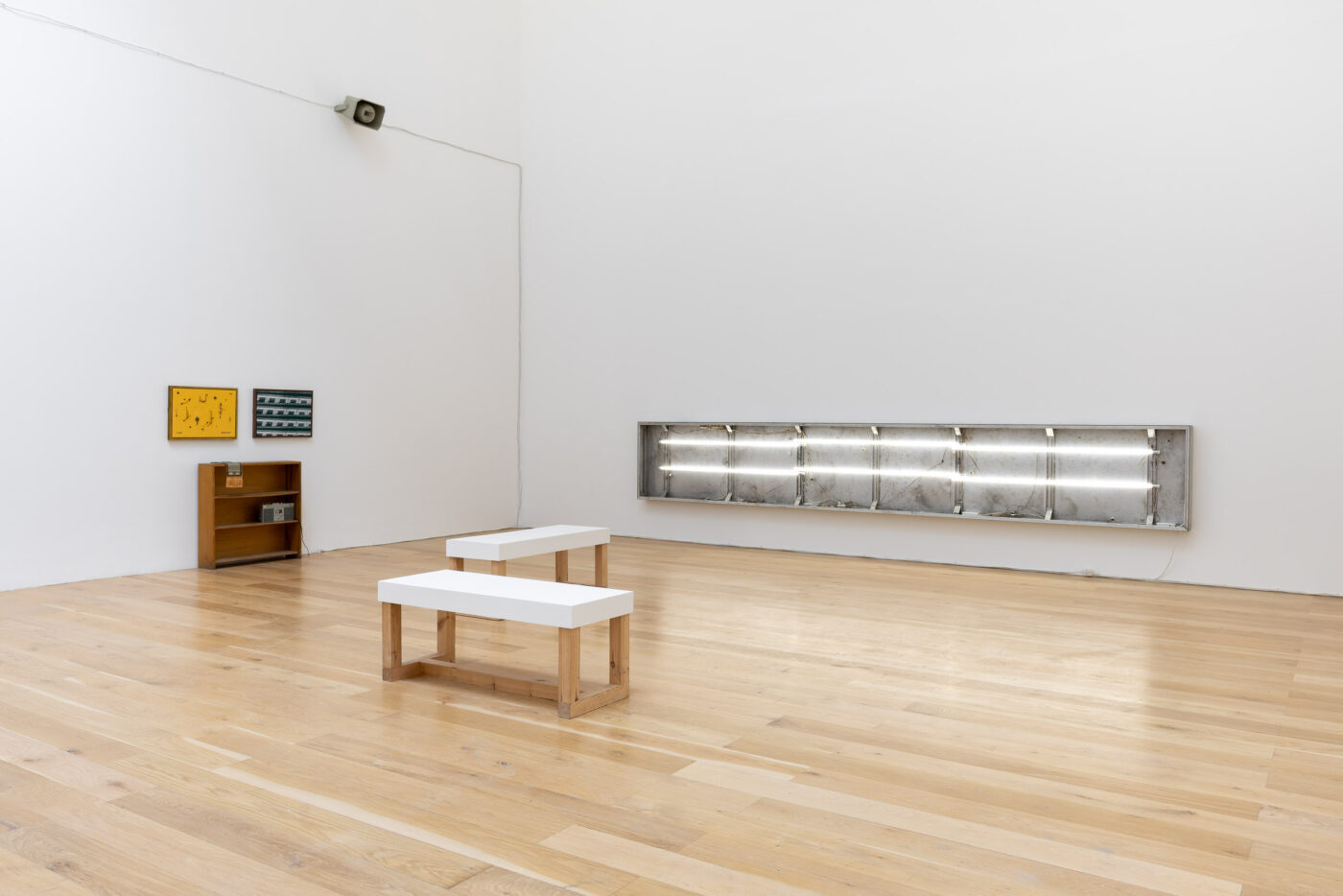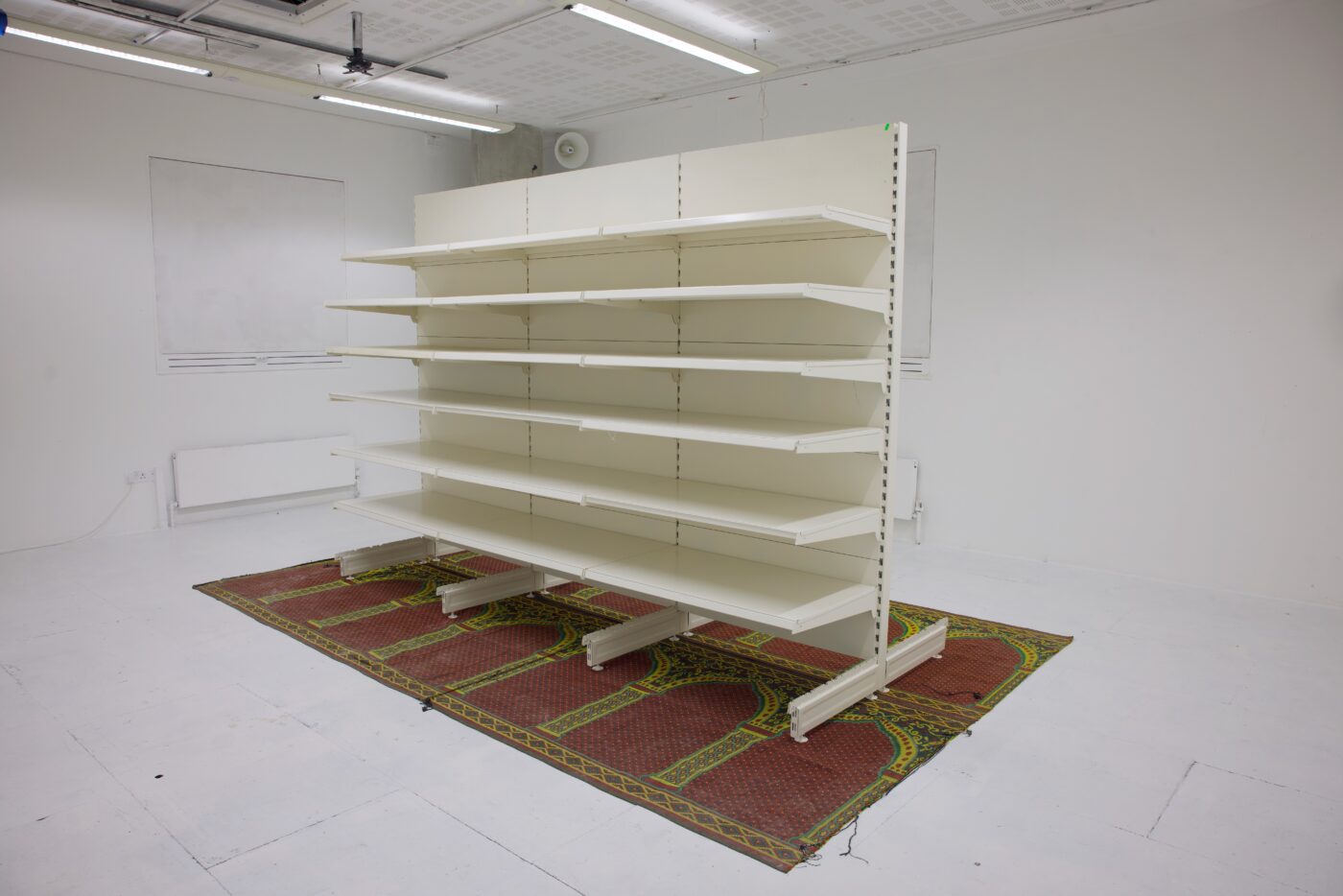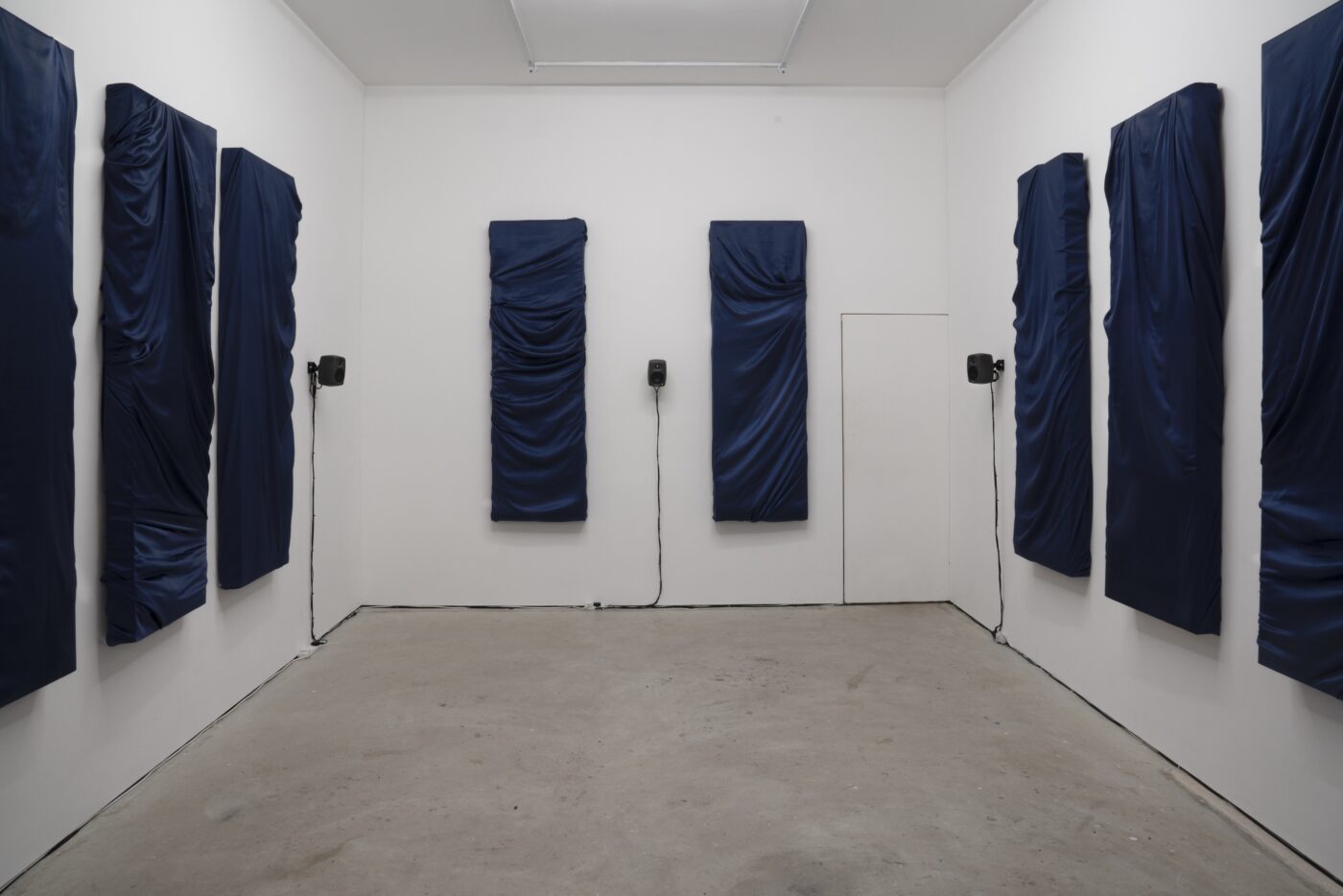Current
Works in situ
2021 — …
Romain Grateau
Grand tourisme à injection, 2021 Reinforced concrete bookcase: Portland cement, sand, mineral fillers, steel, oxides and pigments, encaustic, 300 x 215 x 35 cm.
Photo : © DR. An in situ work that will store the collection of books and documents of Bétonsalon, this bookcase by Romain Grateau is a knowing pun on the art centre’s name, a literalized vision of the form that un salon en béton [a concrete living-room] might take. A self-supporting structure, the bookcase extends and appropriates the functional architecture of the space through its modulation of horizontal lines and support modules. Combining tapered and squat columns with slightly skewed modules whose forms are at once rough and delicate, the different processes used to create this unit are clearly visible in the finished piece, offering a multiplicity of possible variations upon a material that is usually synonymous with standardized industrial production. Grateau plays with numerous densities, colourings, finishes and embedded elements, challenging our perception and our ability to separate rubble from art object. By combining careful touches of ornamentation with the heavy-duty techniques of construction, he blends genres and registers from masonry to self-build and from Rocaille to brutalism. The title of the work, drawn from the world of automobiles, refers to a technology that allows vehicles to travel long distances at high speeds. Grateau’s bookcase invokes this mixture of poetry, precision, power and mechanics, whilst subverting a form of masculinity anchored in bodily exertion and physical feats.
Mathilde Belouali
Sylvie Fanchon
BONJOURSINOUSDISCUTIONS, 2021-… Series of 10 sentences in Blanc de Meudon on Bétonsalon’s windows
Commission « oeuvre in situ », Bétonsalon — Centre d’art et de recherche, Paris, 2021-2025.
Photo : Marc Domage, © Galerie Maubert et Adagp, Paris, 2025.
Daubed in whitewash, the four windows at one end of Bétonsalon’s glass façade are transformed into a pictorial surface. One after another, ten enigmatic phrases will be etched out within the whitewash in a standard font, devoid of any punctuation and rendered in tightly packed lettering. Over the course of the exhibition, Bétonsalon’s team will trace out a new phrase as each previous one is worn away. The short affirmations that make up this work by painter Sylvie Fanchon are uttered by Cortana, an intelligent voice assistant developed by Microsoft in the 2010s that is still in use despite already having been made obsolete.
Toeing the line between politeness and pushiness, invitation and imperative, Cortana attempts to make itself useful (IMHERETOHELPDOYOUNEEDANYTHING), to engage users in conversation (HELLOHOWABOUTACHAT) or to improve their productivity (ICANREMINDYOUOFIMPORTANTTHINGSANDMUCHMORE), whilst at the same time warning them not to get too familiar (PLEASEDONTPROVIDEANYPRIVATEINFORMATION). Its limitations nonetheless soon become apparent (IMSORRYIDONTUNDERSTAND). This simple yet already unintelligible language is characteristic of the straightforward and one-dimensional relationships offered by artificial intelligence assistants, which, beneath a helpful and servile veneer, gather information to increase technology companies’ profits and power. Fanchon’s pictorial production is based on pre-existing elements drawn from language and visual culture. Here she uses Cortana, a device at once intrusive, dystopian and comical, as a source of motifs for her paintings and in situ interventions. Facing out over the esplanade in front of Bétonsalon, eliciting questions and curiosity, Cortana’s invitations and their apparent authority are contrasted with the fragility and transparency of the surface on which they are inscribed. Mathilde Belouali
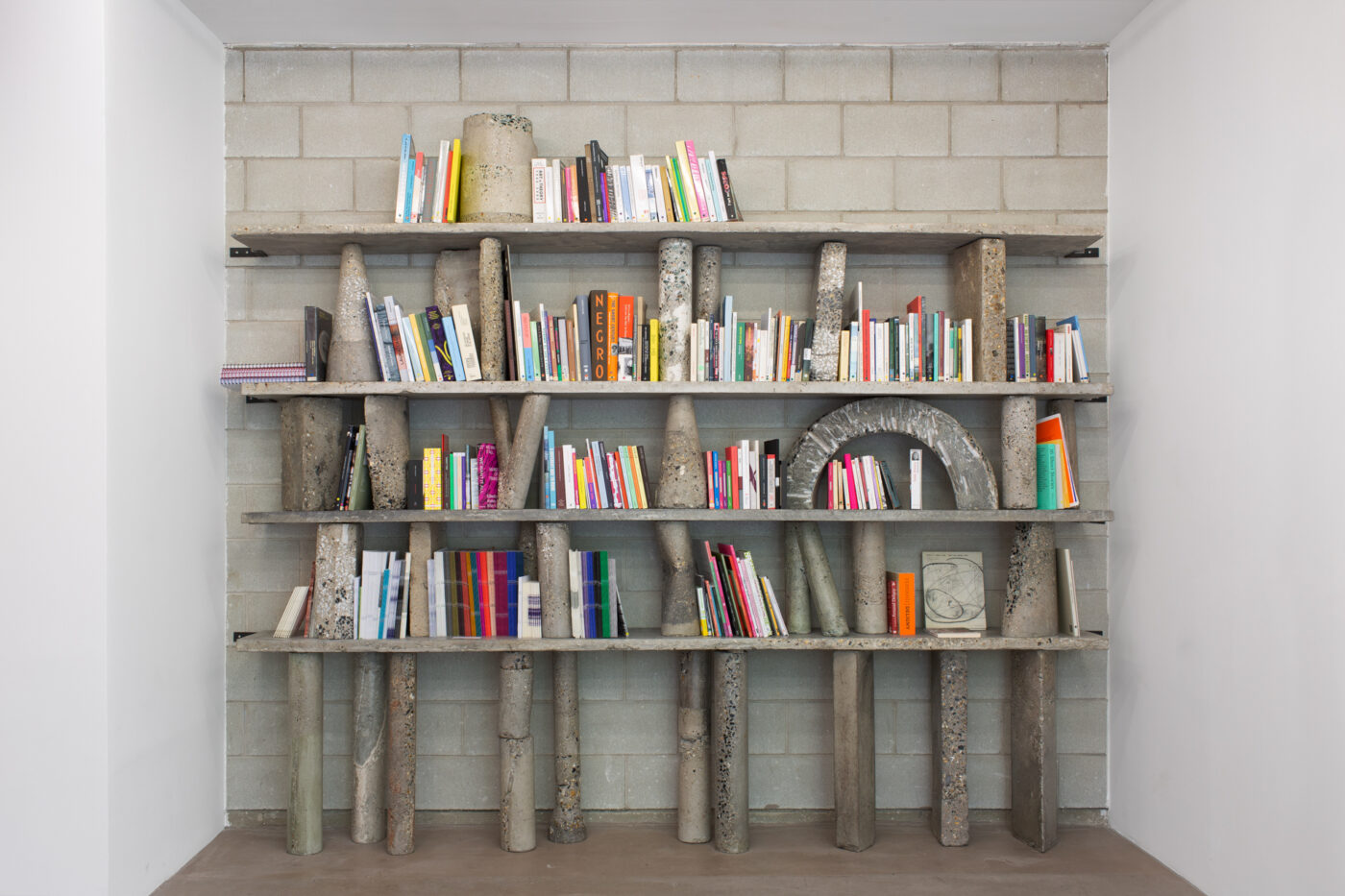
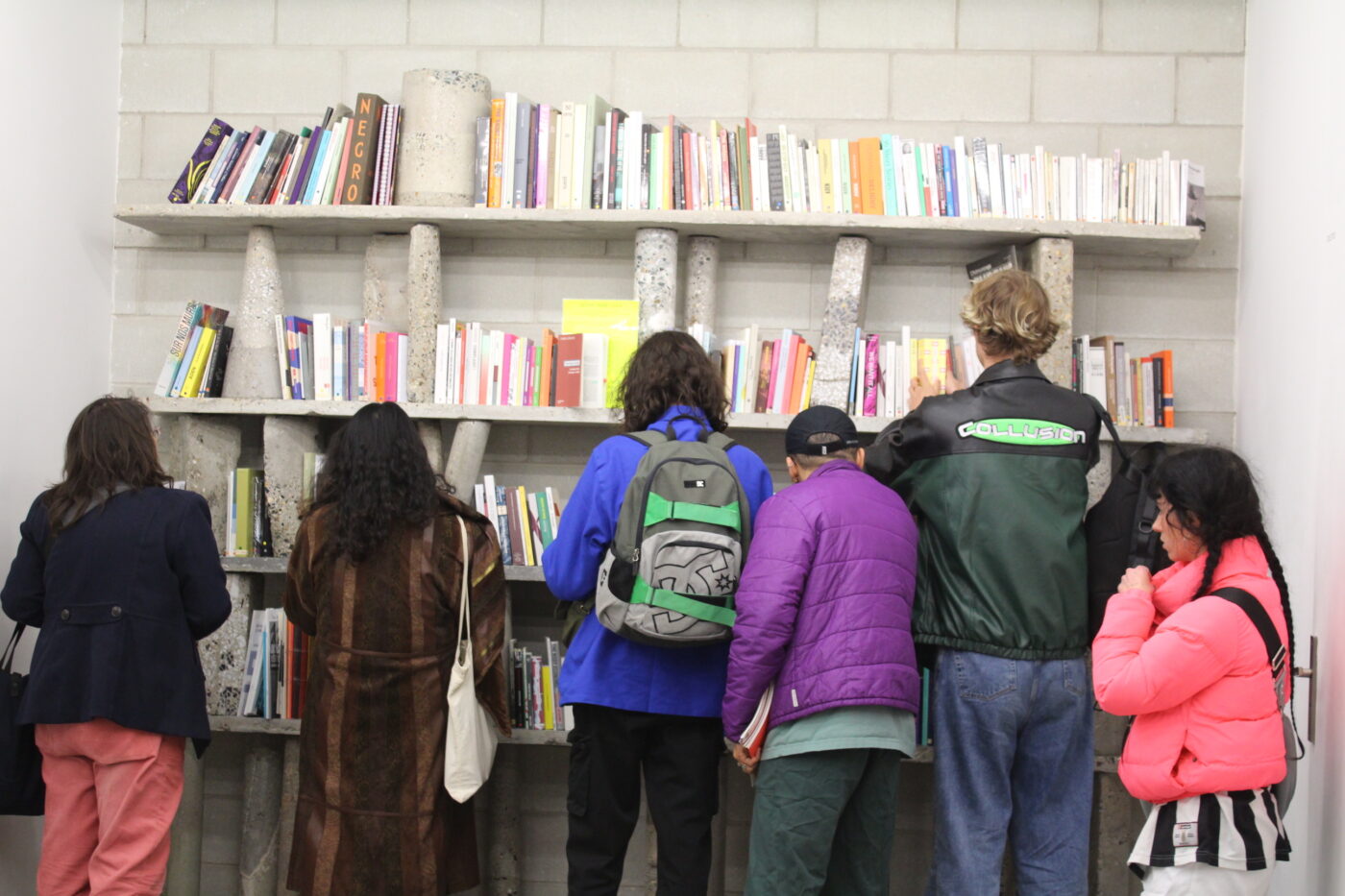
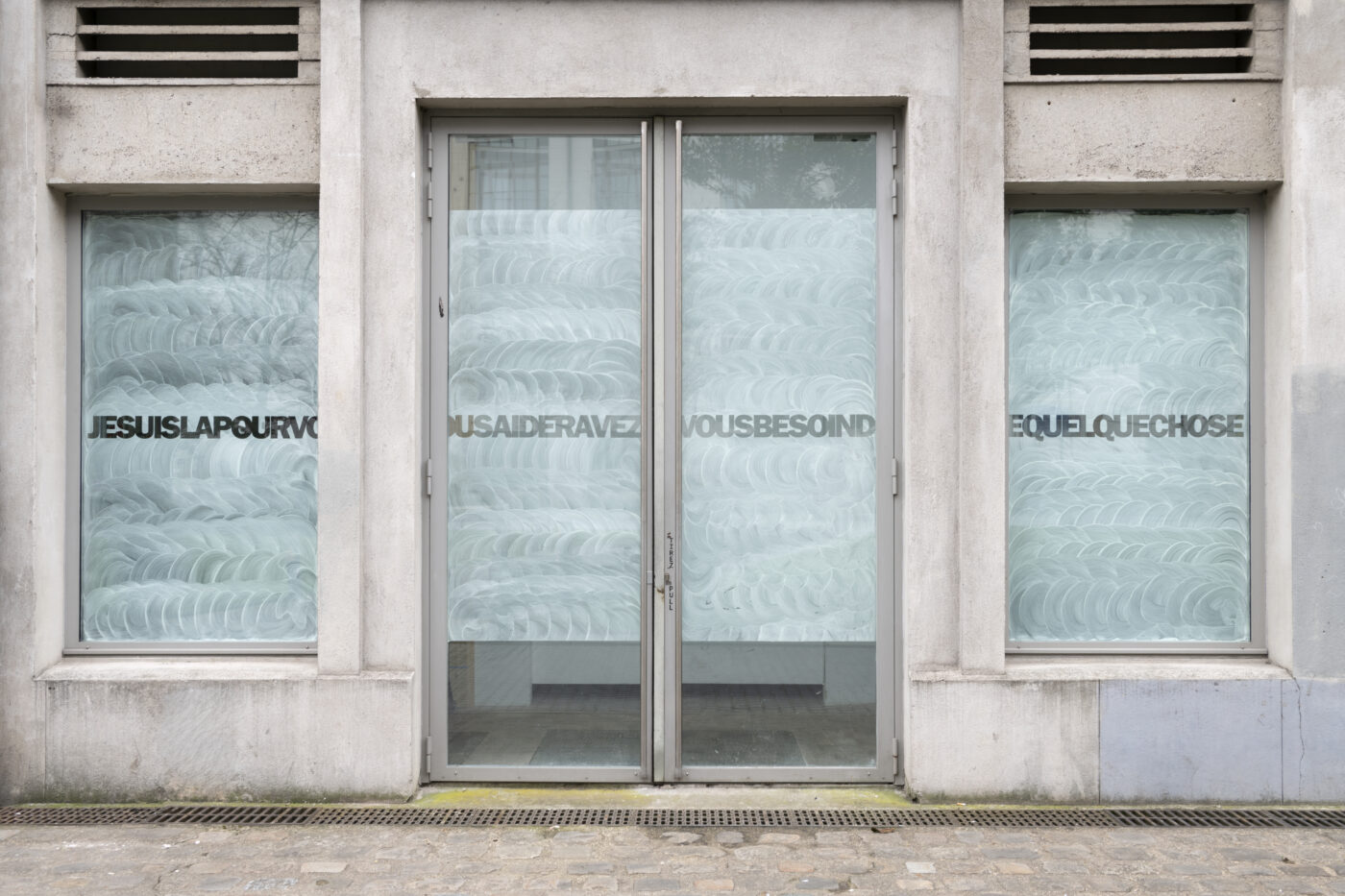
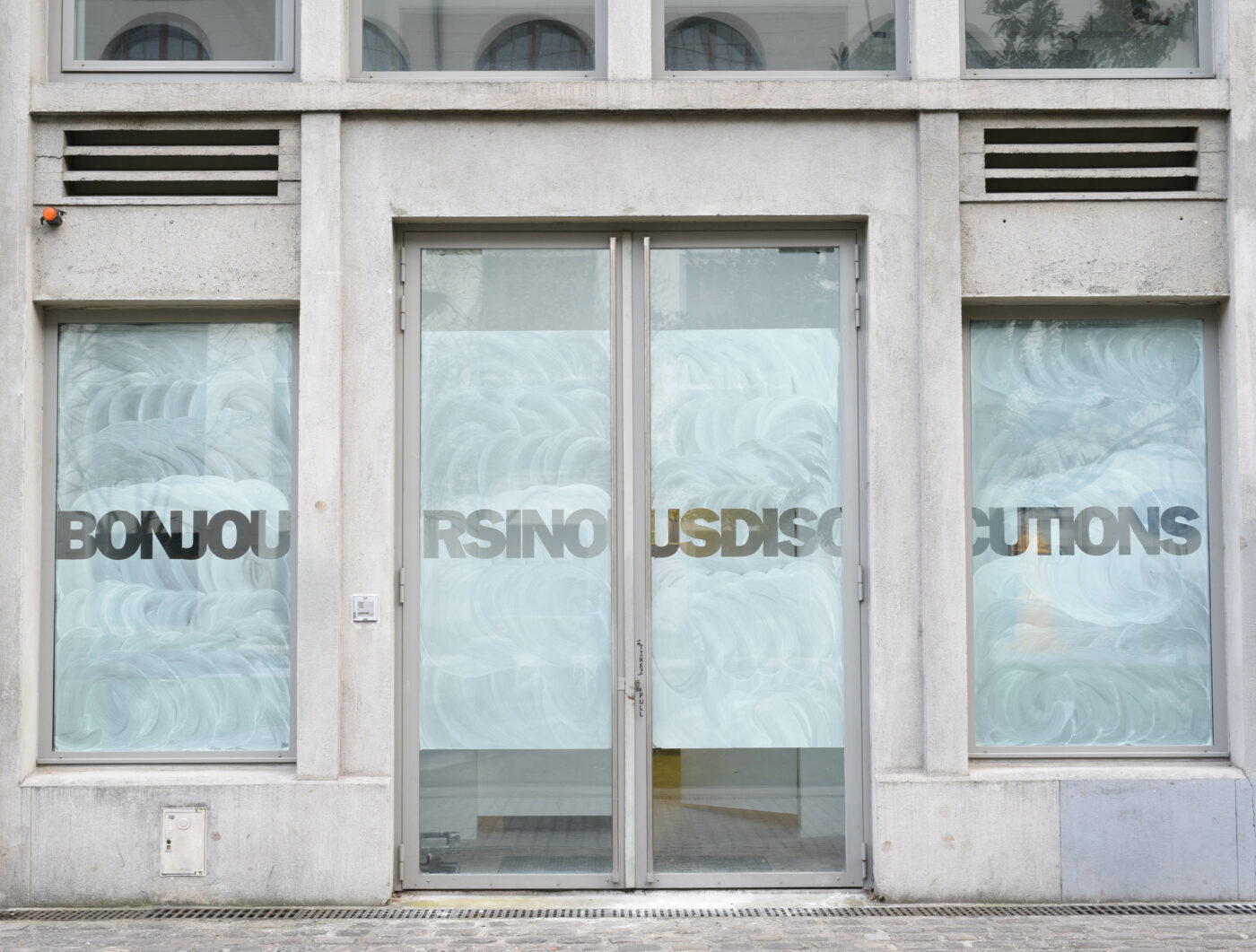
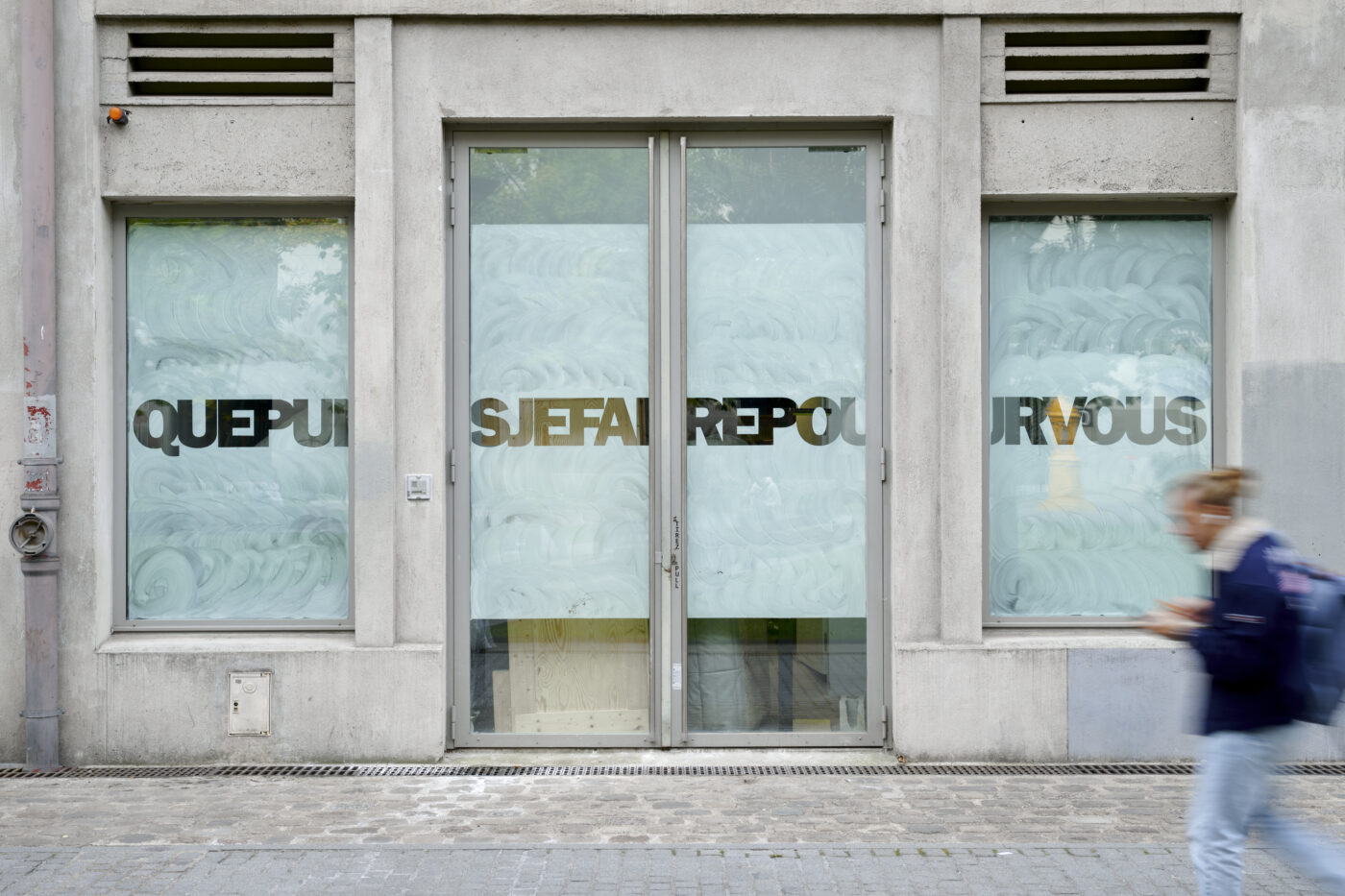
Written with mittens Writing workshop on and around, for, with, under and alongside art
2022 — 2025
Can you write about art with mittens? Having your hands full of plaster? Having you nose to the grindstone? What does the color of the exhibition floor, a rumbling stomach, boredom or the bus ride to get here do to our perception of artworks? How to write without passion? How do we write about things we don’t understand? Is there not always a moment when we say too much ? These are questions that we will not answer in this workshop, but perhaps we will only try to answer them, or if not, ask other questions. This workshop is for all those who have insomnia writing about and around art, come and share your words.
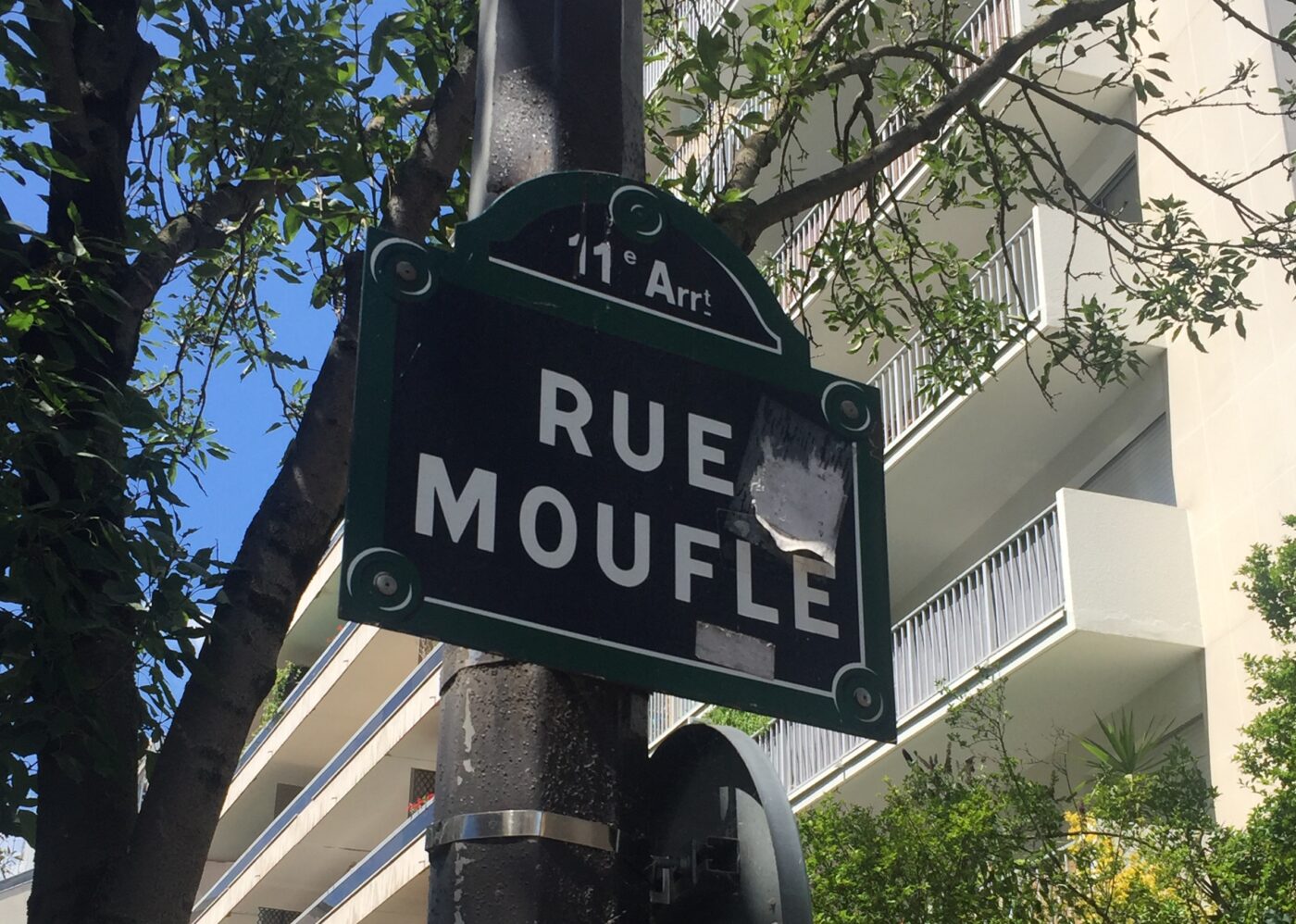
Parties prenantes (Stakeholders): retroperspectives on the history of Bétonsalon
March 2023 — May 2027
Bétonsalon is celebrating its 20th anniversary in 2023: 20 years of exhibitions, productions of works, performances, seminars and colloquiums, original texts and new translations, discussions, encounters, workshops, and unlisted initiatives that have been developed and supported by many people.
Even though the institution has changed internally, what is our history and identity today? How can we, having arrived here relatively recently, represent the history of the institution and, in turn, tell it? How can we go through the history of the art centre, and create a collective memory that is open to reading and writing? How can we position Bétonsalon in the world of art institutions in France and worldwide?
After 20 years, the time has come to look back at this institution, to initiate a process of self-reflection to draw up current perspectives, informed by past experiences and by these manifold histories.
Working together, we will gradually delve into the history of Bétonsalon and Villa Vassilieff in a spirit of research and experimentation, with a critical and reflective approach, we will create our methodology by observing those explored here, collecting micro-histories and counter-histories, personal or collective statements, to enable us to re-establish links and even extend certain experiences.
On the basis of a meeting for each exhibition, every three months, we will progressively and over several years, carry out a case-by-case interpretation of Bétonsalon. Project by project, we will gradually open the paper and digital archives, and we will search the documentary collection for publications associated with each project. And because the memory of a place, like the history of art, must be comprised of the memories of the people who have animated it, we will call upon the people concerned who initiated, animated or simply passed through such and such a project, seeking to open up this exploration to all the “stakeholders” (Parties prenantes is the title of a 2009 exhibition) according to their affinities: volunteers from previous teams, individual, collective or associative players, artists, curators, the public, partners, students, professionals, university staff, residents, children, walkers, dog owners, shopkeepers… For us, it will be a time of self-reflective research, in motion, with a view to re-constituting the archives and a living memory.
For I explode in images Klonaris/Thomadaki
2023 — …
Fiercely independent, Maria Klonaris and Katerina Thomadaki never stopped forging new paths and asserting their dissidence. Since the mid-1970s, they have built up a protean body of work in which cinema rubs shoulders with performance and photography and extends into immersive installations. In what they called Cinéma Corporel [Cinema of the Body], the body and identity become a site for aesthetic and political exploration. In their first films and performances of expanded cinema, they cast a reinvented gaze upon the female body and desire by producing images that subvert patriarchal imagination. By filming and photographing each other, the two artists created an unprecedented intercorporeality. Their joint signature, the signature of two women, is considered unique in cinema (Laura Mulvey, 2016).
From the early 1980s, Klonaris and Thomadaki began transgressing the limits of sexual identity by featuring non-normative bodies — “dissident” bodies as they called them — like that of the hermaphrodite or intersex “Angel”. By unleashing the symbolic power of these figures in installations and works that are themselves hybrid, the two artists gave shape to a radical and strikingly contemporary reflection on gender. Formally, their work is characterised by a critical refusal of boundaries between disciplines and an attraction to ephemeral forms: projections, transparencies, time-based media (film, sound) or temporialised photography, live performance (expanded cinema) and immersive installations and environments.
Today, Bétonsalon is teaming up with Katerina Thomadaki and independent curator Maud Jacquin, who has been accompanying the two artists’ work for several years. Together, they are developing a long-term research project on Klonaris/Thomadaki’s body of work considered through the prism of performance and its relationship to questions of gender and identity. Borrowed from Manifeste pour un cinéma corporel [Manifesto for a Cinema of the Body] written by Klonaris/Thomadaki in 1978, the title of this research underlines the assertion, through performance, of a rebellious subjectivity, capable of exploding frameworks – of both identity and artistic media — in a profusion of ever-transforming images eluding the fixity of categorisation.
Through exhibitions, publications and events organised at Bétonsalon and with partner institutions, we will look at the following different perspectives: filmed and photographed performance / the body as an “active screen”; performed cinema / the explosion of norms; performing the archive / the infinity of possibilities.
The key aim of this research is therefore to consider the relationships between cinema, photography, performance and gender in Klonaris/Thomadaki’s work and to highlight the singular contribution of both artists to performance theories and practices. Another major issue concerns the conservation and exhibition of their expanded cinema works that combine performative elements with the projection of films and slides, often accompanied by sound creations. The artists performed these technically complex works together in public. The death of Maria Klonaris in 2014 has made impossible the presentation of these works in their original form, thus emphasising the need to make them accessible again in updated formats.
To kick start this research, an exhibition around the duo’s The Angel Cycle will be shown at Bétonsalon, from 26th September to 14th December 2024. This series of works was inspired by a medical photograph of an intersex person, at once a sublime figure and a body suffering from its stigmatisation, which they explore and celebrate through an experience that brings together intersexuality and intermedia.
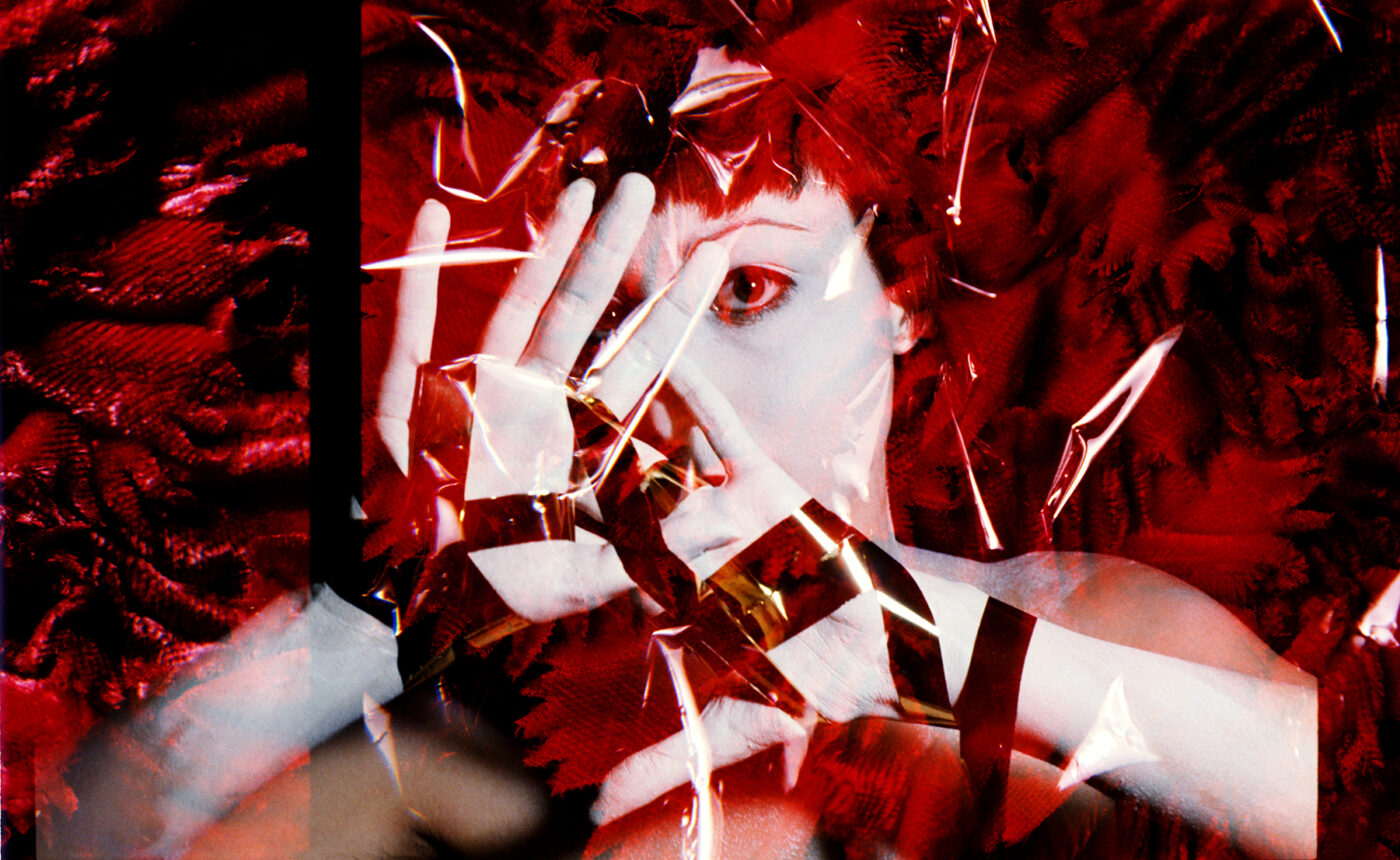
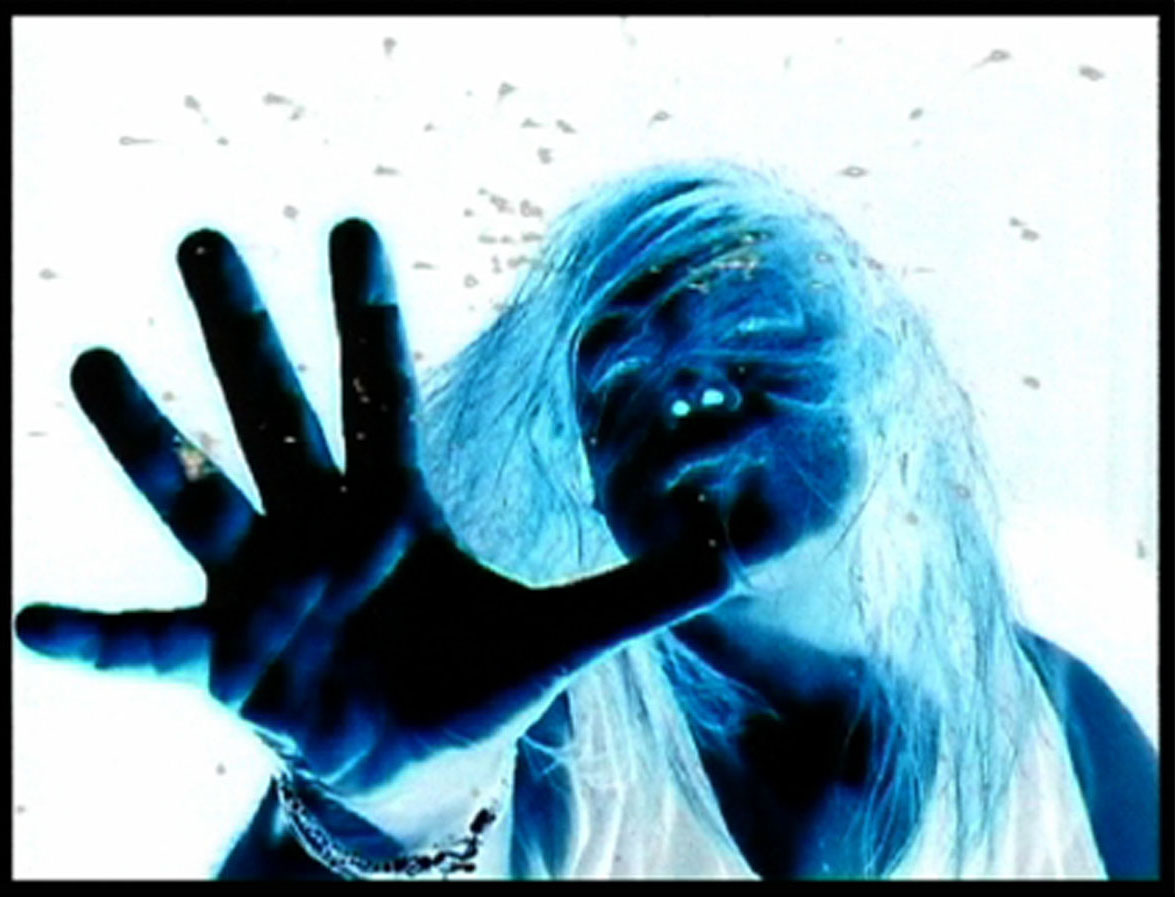
Il ne faut pas oublier le futur [We must not forget the future] – 2025 ADAGP / Bétonsalon research and production grant No Anger
2025 — 2026
ADAGP – French royalty collecting and distribution society et Bétonsalon – center for art and research (Paris), in partnership with the Archives de la critique d’art (Rennes)
The artistic committee of the ADAGP / Bétonsalon research grant met on 10 June 2025 and chose No Anger as the laureate. They are the eighth artist to receive this grant after franck leibovici (2017), Liv Sculman (2018), Euridice Zaituna Kala (2019), Anne Le Troter (2021), Abdessamad El Montassir (2022), artist duo Irma Name (2023), and Florian Fouché (2024).
The ADAGP / Bétonsalon grant is an endowment of €15,000 intended to support an artist in a research project over the course of several months. Bétonsalon – centre for art and research supports the artist in the research and production process. The artist receives €4,000 in fees and €8,000 for production.
The artistic project
Il ne faut pas oublier le futur [We must not forget the future]
How can dissident bodies disrupt a patriarchal writing of the future, resist it, and turn hope into a political act? Invoking Donna Haraway’s cyborg figure, No Anger aims to propose alternative narratives to the relationship of human/machine subordination, through experimentation with forms of codependence and hybridity that escape the normative and validist visions of technology. In particular, it will involve rethinking the narrative of the destinies assigned to marginalised and invisibilised bodies through cyber-feminist hacking strategies that challenge dominant ontologies and temporalities. Following Nathalie Magnan’s reflections on the media construction of identities deemed subversive, this research aims to highlight the counter-visualities generated by the tactical media invested by activist collectives, as well as the representations of a minority common that they help to shape and spread. Looking at piracy and virality as tools for derailing, contaminating and reconfiguring dysfunctional networks and institutional structures, this project aims to cripple our imaginations by exploring “futurographies” that break with binary and technophobic schemas. Through the intersection of lesbian, queer and disabled experiences, No Anger aims to question the perception and encoding of ‘states of body’ based on a relationship of complementarity and reciprocity with the technologies that support and structure her daily life.
Drawing on the visual grammar of Nathalie Magnan’s film Lesborama (1995) and the programme L’Œil du Cyclone (broadcast on Canal+ from 1991 to 2000), No Anger will make a film combining extracts from written and film archives in Nathalie Magnan’s collection with textual, vocal and performative experiments co-constructed with a robot. Deeply rooted in personal narratives, this work will draw multiple connections from the testimonies of people affected by these issues, enabling us to cross-reference visions of desirable and emancipatory futures within different communities and historical contexts.
![Il ne faut pas oublier le futur [We must not forget the future] – 2025 ADAGP / Bétonsalon research and production grant - Bétonsalon](https://www.betonsalon.net/wp-content/uploads/2025/06/img-85691001.jpg)
actions ~ scores: returns to the futures
October 2025 — March 2026
Notations, protocols, scripts, drawings, diagrams, archives, assemblages, narratives… What if every performance were essentially bound to forms of writing? And what if these traces of an uncertain past contained within them the possibilities of distant futures ?
In this lecture series, we will question the relationship between action and score across different fields of practice: artistic, institutional, activist. Artists will come to speak about their relationship to archives as performance scores; activists, about the techniques they use to transmit their actions; curators and archivists will present the tools they deploy to preserve them; exhibition curators will discuss the know-how they develop to (re)activate them.
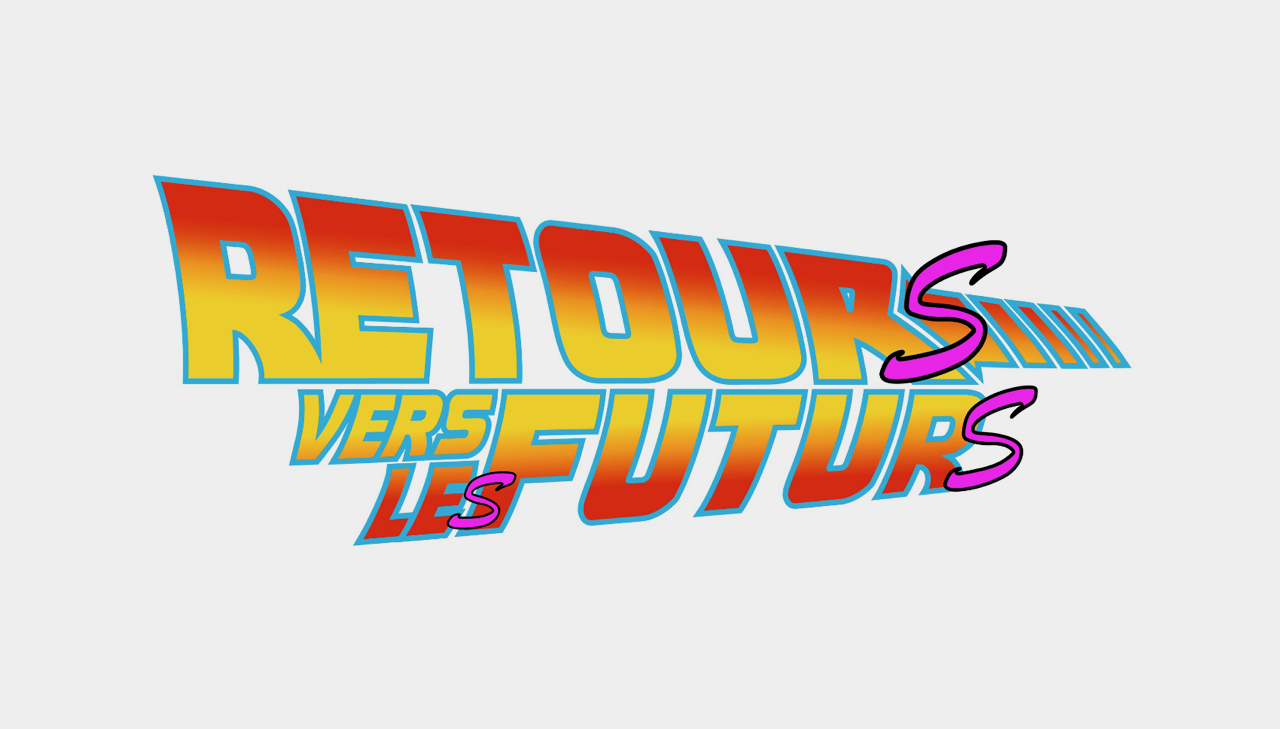
Upcoming
Magnetic Residencies #4 Raheel Khan
April — July 2026
The Magnetic Residencies artistic committee met on September 15, 2025, and selected artist Raheel Khan for a residency at Bétonsalon as part of the 4th edition of this program. Bétonsalon will host Raheel Khan in residence for three months, from April to early July 2026. He will receive a monthly grant of €2,500, benefit from a studio-apartment at the Cité Internationale des Arts as part of the Institut Français x Cité Internationale des Arts program, receive curatorial support from the Bétonsalon team, as well as networking opportunities with art professionals to develop his research.
Raheel Khan’s research will situate itself within the historical and contemporary trajectories of experimental sound in Paris, with particular reference to the compositional methodologies developed through Musique Concrète and subsequent electroacoustic practices. He is aiming to critically examine how the relationship between sound and human behaviour has transformed as auditory environments have shifted from the mechanical and industrial toward infrastructures characterised by digital automation, acoustic insulation, and operational silence. As formerly pervasive sonic markers of labour and urban modernity recede, a conceptual and perceptual vacuum emerges: what constitutes the auditory identity of public space when its material processes withdraw from audibility? How does listening evolve when it becomes increasingly privatised, introspective, or technologically mediated?
Engagement with institutions such as INA-GRM and CREM-CNRS is central to this investigation, given their extensive archival collections documenting the foundational theories, discourses, and socio-cultural implications of post-war sonic experimentation. His study focuses specifically on the vibrational and corporeal dimensions of sound — with an emphasis on low-frequency and voice-derived resonance — interrogating how such sonic phenomena operate not only as aesthetic material, but as agents of affective, behavioural, and collective experience. This inquiry aims to position devotional and ritual listening practices within a broader electroacoustic framework, hopefully broadening my perspective on how sound structures exist in both communal and individual modes of attention in the contemporary sphere.
